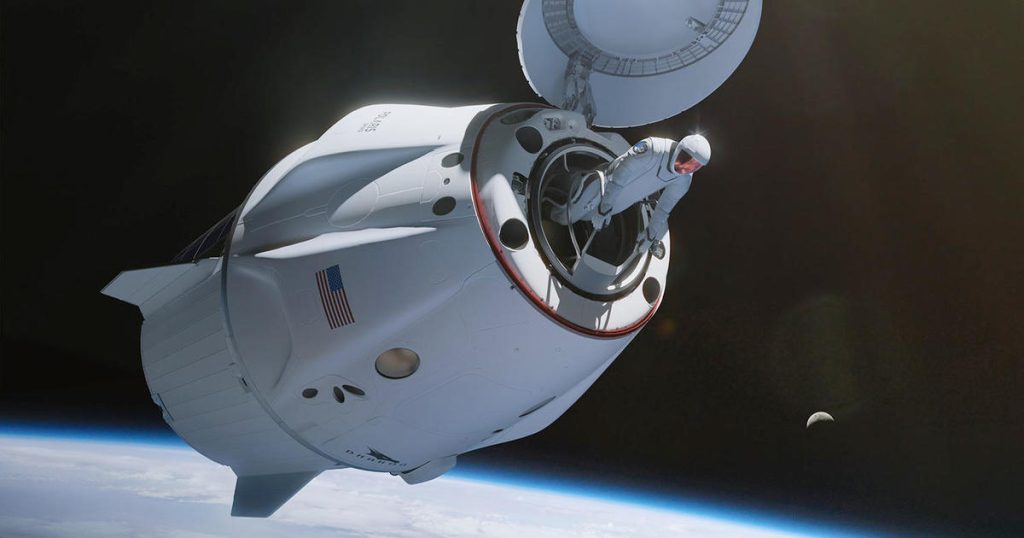Billionaire Jared Isaacman and SpaceX crew trainer Sarah Gillis are planning the first non-government spacewalk in the history of space exploration on the Polaris Dawn spacecraft. The two will be using a scaffold-like “Skywalker” assembly extending from the hatch for stability while floating outside. Their pressure suits rely on umbilicals for air, power, and communications. They will test the comfort and mobility of their suits by moving through a series of positions to understand the effort required for basic tasks.
The ultimate goal of the spacewalk is to perfect low-cost, easy-to-manufacture spacesuits for commercial astronauts flying to the moon or Mars aboard SpaceX Super Heavy-Starship rockets. With the spacecraft sailing through an elliptical orbit, cameras both inside and outside the Crew Dragon are expected to provide stunning views of space and Earth. The crew aims to gather as much data as possible to inform future suit design evolutions and ensure safety and comfort.
The crew went through a 45-hour process to boost oxygen levels in the cabin and remove nitrogen from their bloodstreams to prevent decompression sickness. The Crew Dragon underwent modifications to support the spacewalk, including upgrades to the environmental sensing suite and the addition of a nitrogen repress system to boost the cabin back up to normal pressure after the spacewalk. The motor drive system assists with hatch opening and closing, and upgraded seals ensure an airtight fit.
The spacewalk will involve a matrix of planned motions to test the suit joints’ mobility, the performance of the heads-up display in the helmet, and how the air-cooled suits handle the extreme temperatures of space. The suits include various technological features like thermal insulation and redundancy in the oxygen supply. An innovative heads-up display in the helmet offers insights into suit performance and telemetry data during the spacewalk. This mission is the first of three planned by Isaacman in cooperation with SpaceX CEO Elon Musk.
Musk and Isaacman have not disclosed details of the mission’s cost. The Polaris Dawn mission is expected to last five days, with a splashdown off the coast of Florida marking the end of the journey. Overall, the mission aims to further space exploration by gathering valuable data on spacewalk suits and technologies for future commercial space missions. It represents a significant milestone in the evolution of space exploration and the development of more accessible and efficient spacesuits for astronauts traveling to other celestial bodies.


